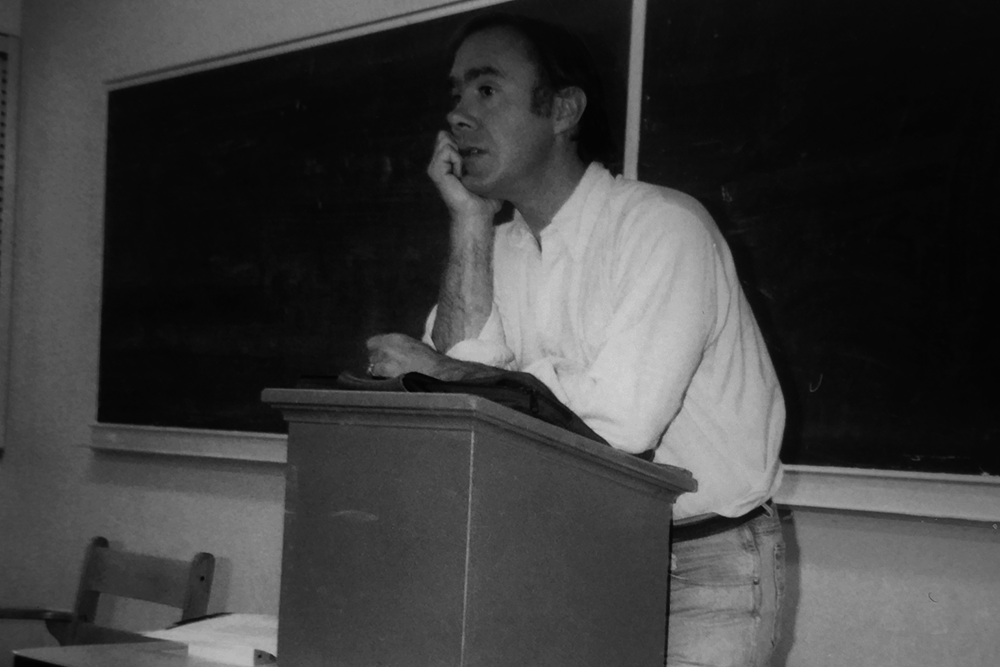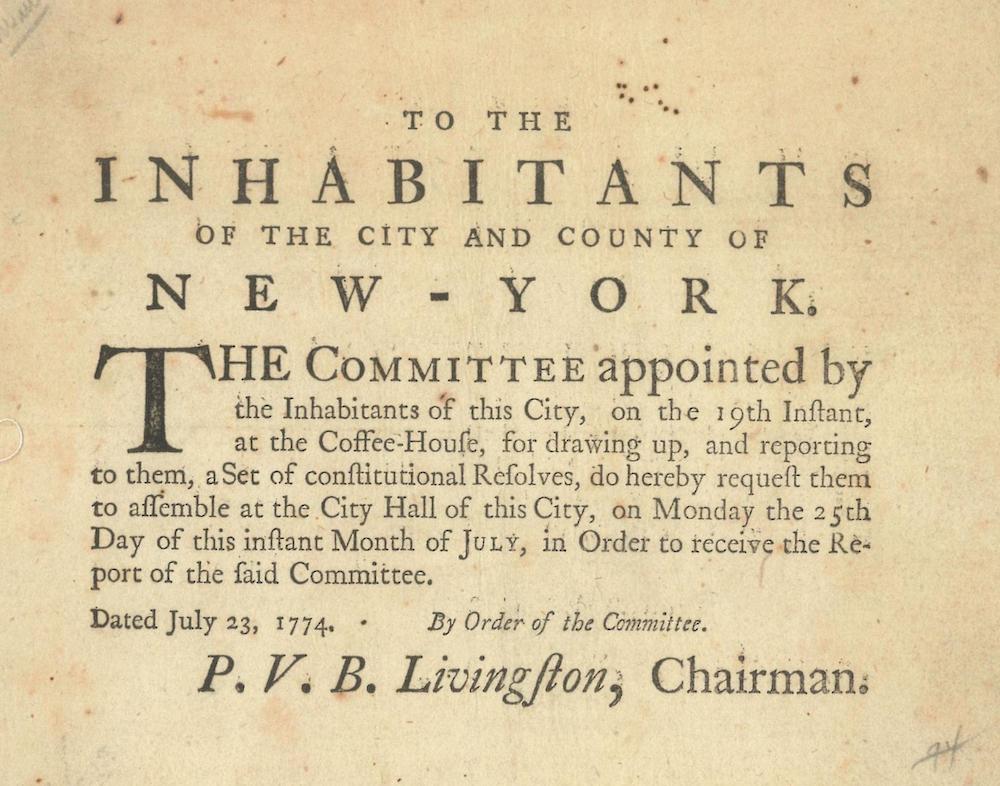It's not called the "iCamera,Girlfriend Who is Crazy About Big Things (2025)" but Apple spent zero time talking about how its brand-new iPhones, the iPhone 11 and iPhone 11 Pro, work as, you know, phones.
As other smartphone makers race towards 5G, Apple is holding back. There are both sensible business reasons and Apple-specific reasons for doing so.
5G right now is a mess. The only US-compatible 5G chipset ready for a fall launch is the Qualcomm X50. It's in all of the existing 5G phones, but it doesn't "just work" the way Apple wants its devices to work. It isn't compatible with the US carriers' upcoming multi-band networks, and it appears to make devices overheat in the summer. The antenna modules for the early 5G networks are also finicky at best.
Apple could have gone the route of many other phone makers and released a mid-band-only 5G phone, which would be broadly usable in Europe and China but only work on Sprint in the US, but Apple would never drive AT&T and Verizon, or their subscribers, nuts in that way. Even more than for other manufacturers, the US is Apple's core market, and Apple wants to keep us happy.
The other factor is that all these 5G chips come from Qualcomm. Apple just settled a long-running battle with Qualcomm, made peace and agreed to a six-year deal which included several years of agreeing to buy Qualcomm's modems again. That agreement came too late for these phones, though, so Apple is left using the final generation of 4G modems made by Intel before Intel ditched the 5G modem business and Apple hired most of its staff.
 Original image has been replaced. Credit: Mashable
Original image has been replaced. Credit: Mashable Wait, you ask—if Apple hired Intel's staff, why doesn't it just go ahead and make its own modems, the way it makes its own processors? Patience, grasshopper; the company certainly intends to do that, but a few years from now, so it's made a supply agreement with Qualcomm in the interim. Observers generally expect to see Apple's modems starting in 2022 or 2023.
Analyst Patrick Moorhead points out that the lack of a 5G modem will hurt sales in China, but between the collapse of Intel's modem business, the new agreement with Qualcomm, and Apple wanting to release a 5G device worldwide at the same time, Apple is just going to take the hit there.
That will shake out by late 2020. At that point we'll likely have the next-generation Qualcomm modem, which will support all four carriers' short-range and long-range 5G networks. We'll also have much broader buildouts, so people can actually use their phones on 5G. Then Apple will swoop in with what I'm sure they'll say will be the first good 5G phone ever, starring Qualcomm's latest kit.
I'm almost certain the new iPhones use Intel's XMM 7660 4G modem, although that's going to have to wait for teardowns.
So what does that get you, in terms of connections?
According to Apple, the iPhone 11 Pro has "gigabit class LTE with 4x4 MIMO and LAA" but also "faster gigabit-class LTE" than the iPhone XS. According to Intel, that means boosting the number of lanes of spectrum it can combine from five to seven.
That's similar to the move we've seen between devices with the Qualcomm X20 and X24 modems, like the move between the Samsung Galaxy S9 and S10 generations. The iPhone XS Max had about the same LTE performance as the Galaxy S9+, according to data from Speedtest Intelligence. If the iPhone 11 Pro jumps up to the Galaxy S10+'s level, that means it's going to see more than a 20 percent jump in average US LTE speeds over the XS and XS Max.
The iPhone 11, meanwhile, has "gigabit-class LTE with 2x2 MIMO and LAA." The lack of 4x4 MIMO means performance will be slower than on the more expensive phone. Using Speedtest Intelligence, I found that there's about a 20 percent difference in average speeds between the iPhone XR (with 2x2 MIMO) and iPhone XS (with 4x4) ... so it's likely that the iPhone 11 will be at least 20 percent slower than the iPhone 11 Pro.
All of the phones will support the EVS codec for the best possible voice quality, but that's par for the course with flagship phones nowadays, and has been on iPhones since the iPhone 8 series.
Apple gives some more details on its product pages.
The iPhone 11, iPhone 11 Pro and 11 Pro Max still come in three different models each: one for the US and Canada, one for China, and one for everywhere else. The primary difference is that the "US" model supports LTE band 14, AT&T's FirstNet band for government employees, and band 71, T-Mobile's long-range band; the "everywhere else" model doesn't have those but supports LTE band 28, a low-frequency LTE band used commonly in Europe.
CBRS support is new in this year's models. That's a set of new LTE bands Verizon has said it will be using to provide additional capacity in crowded areas, so if you regularly travel through dense urban locations where connections feel sluggish because too many people are using them, this might help.
All three models also support dual SIM, with one physical nano-SIM and one eSIM. The phone's primary line can be from any carrier; in the US, the secondary line can be from AT&T, T-Mobile, Truphone, or Verizon. (Apple has a full list of its eSIM carriers on its website.)
More details are going to come out through teardowns and testing. But it's safe to say that this year's models are incremental, not radical improvements over iPhone XS and XS Max performance. The radical new iPhone is coming in 2020.
Topics Apple
 A Kind of Packaged Aging Process by Jan Morris
A Kind of Packaged Aging Process by Jan Morris
 The Covering Cherub: An Interview with Joshua Cohen by Martin Riker
The Covering Cherub: An Interview with Joshua Cohen by Martin Riker
 The Dogs of Plaza Almagro by Hebe Uhart
The Dogs of Plaza Almagro by Hebe Uhart
 Here's how I feel about all this Stephen Hawking 'news' going around
Here's how I feel about all this Stephen Hawking 'news' going around
 On Returning: Gerhard Richter, New York, and Birds by John Vincler
On Returning: Gerhard Richter, New York, and Birds by John Vincler
 Redux: Have No Mercy, Gardener by The Paris Review
Redux: Have No Mercy, Gardener by The Paris Review
 Staff Picks: Traps, Tall Tales, and Table Saws by The Paris Review
Staff Picks: Traps, Tall Tales, and Table Saws by The Paris Review
 They met on Tumblr, and their relationship outlasted their accounts
They met on Tumblr, and their relationship outlasted their accounts
 Climbing Desolation Peak by Alison Bechdel
Climbing Desolation Peak by Alison Bechdel
 Houston Rockets vs. Dallas Mavericks 2025 livestream: Watch NBA online
Houston Rockets vs. Dallas Mavericks 2025 livestream: Watch NBA online
 Unbearable Reading: An Interview with Anuk Arudpragasam by Mira Braneck
Unbearable Reading: An Interview with Anuk Arudpragasam by Mira Braneck
 Procrastination, Pressure, and Poetry: An Interview with Kendra Allen by Lauren Kane
Procrastination, Pressure, and Poetry: An Interview with Kendra Allen by Lauren Kane
 Redux: The Name like a Net in His Hands by The Paris Review
Redux: The Name like a Net in His Hands by The Paris Review
 New 'browser syncjacking' cyberattack lets hackers take over your computer via Chrome
New 'browser syncjacking' cyberattack lets hackers take over your computer via Chrome
 Cooking with Mikhail Sholokhov by Valerie Stivers
Cooking with Mikhail Sholokhov by Valerie Stivers
 Watch the Summer 2021 Issue Launch by The Paris Review
Watch the Summer 2021 Issue Launch by The Paris Review
 Every Poem Has Ancestors by Joy Harjo
Every Poem Has Ancestors by Joy Harjo
 New York’s Hyphenated History by Pardis Mahdavi
New York’s Hyphenated History by Pardis Mahdavi
When Poets Packed Stadiums and Literature Was MoneyHow Grief Led Me to the Museum of Wooden SculpturesEverybody's Protest Film: Why "Moonlight" MattersForty “Autumnal” Hink Pinks“Zebras Anything,” a Poem by James TateLove Says the Day: Remembering David MancusoWhen Poets Packed Stadiums and Literature Was MoneyWhat to expect from the Apple October event 2023How Grief Led Me to the Museum of Wooden SculpturesElon Musk and vape binkies: The 14 best tweets of the weekRevisiting Ron Hansen’s “Mariette in Ecstasy” 25 Years LaterDeals of the day Oct. 3: Amazon devices, Crockpots, a ChomChom pet hair remover, and moreSave 50% with this Amazon Fire TV Stick deal today at AmazonRichard Howard Will Receive Our 2017 Hadada AwardIn Memory of Leon Russell, Watch “A Poem Is a Naked Person”The fishing scandal taking over the internetClassic Attitude: Paintings by Helen LundebergIt Was Just This Moment: 6 Paintings by Katharina WulffWin Free Tickets to 92Y’s Celebration of Albert MurrayNo Work Today: Paintings by Parra Trump zeroes out Biden's funding for rural broadband access Blasts From the Past: TechSpot Staff's Favorite Tech of the Last Decade Anatomy of a Graphics Card Best neck fan deal: Save $10 on TORRAS COOLiTE Neck Fan Anatomy of a Power Supply Unit (PSU) How 3D Game Rendering Works: Lighting and Shadows Here's Why the Unreal Engine is Coming to Your Car Ray Tracing & DLSS with the GeForce RTX 3080 NYT Connections Sports Edition hints and answers for May 23: Tips to solve Connections #242 Benchmarking Your PC: A Guide to Best Practices Everything You Need to Know About SFF PCs NYT Strands hints, answers for May 23 Labubu: How a quirky collectible became a global obsession Today's Hurdle hints and answers for May 23, 2025 Best TV deal: Take $800 off the 65 Explainer: What Are Tensor Cores? Best free LG monitor deal: How to get free curved gaming monitors NYT Connections Sports Edition hints and answers for May 22: Tips to solve Connections #241 Best robot vacuum deal: Save $700 on Roborock Qrevo Master D6 Pro Plus massage gun deal: $60 off at Amazon
1.964s , 10137.375 kb
Copyright © 2025 Powered by 【Girlfriend Who is Crazy About Big Things (2025)】,Wisdom Convergence Information Network